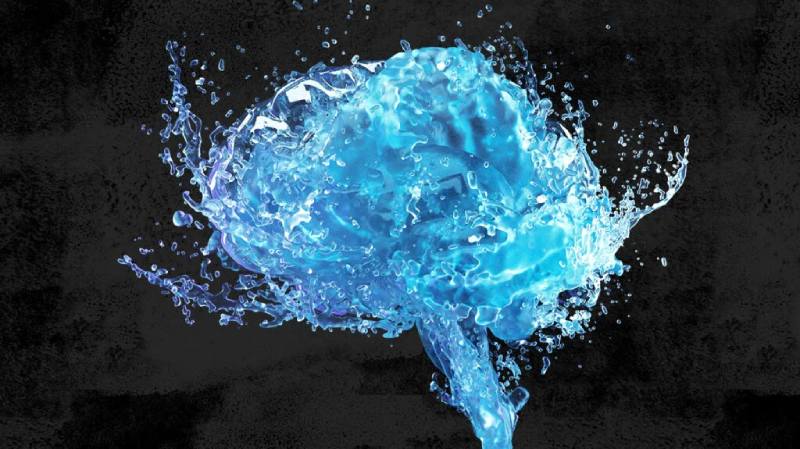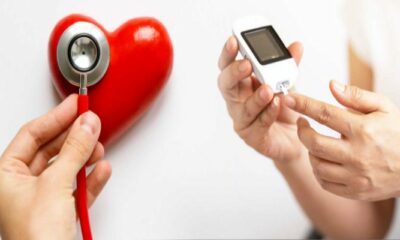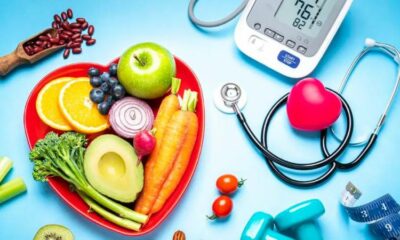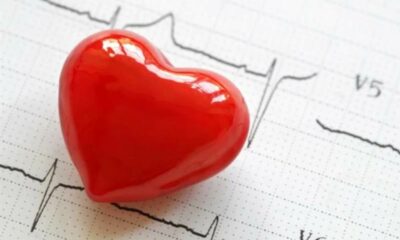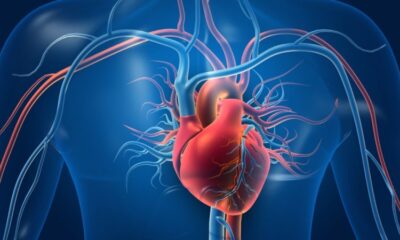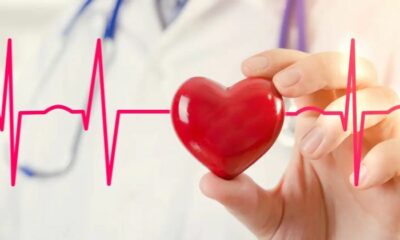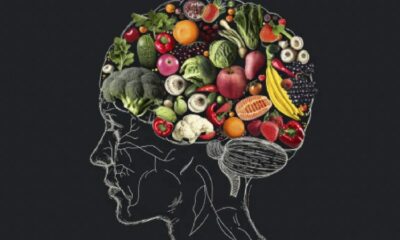According to research published today in Stroke, the peer-reviewed scientific journal of the American Stroke Association, a division of the American Heart Association, people who are continuously exposed to bright, artificial light at night may be more likely to develop conditions that affect blood flow to the brain and have a stroke.
During the night, bright exterior lights are utilized to improve visibility and increase human comfort and safety. However, the authors of the study claim that because of overuse of artificial light, 80% of people on Earth live in situations that are light-polluted.
This is one of the first studies to examine the connection between exposure to light pollution at night and the possible danger to stroke and brain health, even though earlier research has connected increased exposure to bright, artificial light to the development of cardiovascular disease.
Jian-Bing Wang, Ph.D., a researcher in the departments of public health and endocrinology of the Children’s Hospital, Zhejiang University School of Medicine, and the National Clinical Research Center for Children’s Health in Hangzhou, China, is one of the corresponding authors of the study. “Despite significant advances in reducing traditional cardiovascular risk factors such as smoking, obesity, and Type 2 diabetes, it is important to consider environmental factors in our efforts to decrease the global burden of cardiovascular disease,” Wang stated.
Satellite pictures that mapped light pollution were used to evaluate exposure to residential outside light at night for 28,302 adults residing in China. Death certificates and hospital medical data verified stroke cases.
After six years of participant follow-up, the data analysis revealed:
- 1,278 patients had cerebrovascular disease, of which 133 had hemorrhagic strokes (which bleed) and 777 had ischemic strokes (which are caused by clots).
- Compared to those with the lowest levels of exposure, those with the highest levels of nighttime exposure to outdoor light had a 43% higher chance of developing cerebrovascular illness.
- Compared to individuals with the lowest levels of exposure to particulate matter 2.5 (PM2.5), those with the greatest levels of exposure were 41% more likely to develop cerebrovascular disease. PM2.5 is mostly emissions from burning wood, oil, diesel fuel, and gasoline.
- Individuals who were exposed to the highest levels of PM10, which is mostly found in dust and smoke, had a 50% higher chance of getting cerebrovascular illness than those who were exposed to the lowest levels of PM10.
- In comparison to those with the lowest exposure, participants with the highest exposure to nitrogen oxide (emissions from power plants, automobiles, trucks, and buses) had a 31% increased chance of developing cerebrovascular illness.
Notably, a second analysis that took into account pollution and nighttime outdoor light remained to find persistent relationships with an elevated risk of cerebrovascular disease, with the exception of ischemic stroke.
LED, incandescent, and fluorescent light sources are examples of artificial light sources. Melatonin synthesis, a hormone that encourages sleep, can be suppressed by nighttime exposure to various light sources. This can cause sleep disturbances and interfere with people’s 24-hour internal clock. The study found that those who sleep poorly over time are more likely to eventually have worse cardiovascular health than those who sleep well. Healthy sleep is one of the eight lifestyle choices and health metrics that contribute to the best possible cardiovascular health, according to the American Heart Association’s Life’s Essential 8.
“We need to develop more effective policies and prevention strategies to reduce the burden of disease from environmental factors such as light as well as air pollution, particularly for people living in the most densely populated, polluted areas around the world,” Wang said.
Examine The Context and Specifics:
- Adults without cardiovascular disease who resided in Ningbo, a significant port and industrial city on China’s east coast with a population of more than 8.2 million according to the 2020 Chinese national census, were included in the investigation, which ran from 2015 to 2021.
- Participants in the study had an average age of 62 years, with roughly 60% being female.
- Enrollment took place between 2015 and 2018, and participants were monitored for ischemic stroke, hemorrhagic stroke, and cerebrovascular illness for up to six years.
- The following individuals were excluded from the analysis: those with incomplete or unavailable addresses, error records, missing covariate data (information not included in the original study that could change the results), high exposure to outdoor light at night, and those who had received a cerebrovascular disease diagnosis either at the time of enrollment or within a year of it.
The study had a number of drawbacks, including the lack of information on interior lighting products and participant use of blackout curtains and other forms of shade during the night. Furthermore, the population studied was from a single Chinese city, so the findings might not apply to people in other communities with different exposure to outdoor light at night. Additionally, blue light sources are rarely captured by satellite-based products, which could result in an understated association between outdoor light at night and cerebrovascular disease. More extensive prospective research is required to validate these results.

 Diabetology2 weeks ago
Diabetology2 weeks ago
 Diabetology2 weeks ago
Diabetology2 weeks ago
 Diabetology5 days ago
Diabetology5 days ago
 Diabetology4 days ago
Diabetology4 days ago
 Diabetology3 days ago
Diabetology3 days ago
 Diabetology4 days ago
Diabetology4 days ago
 Diabetology20 hours ago
Diabetology20 hours ago
 Diabetology22 hours ago
Diabetology22 hours ago
